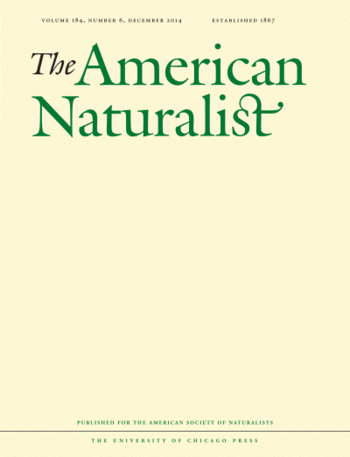Intraspecific trait variation is correlated with establishment success of alien mammals
González-Suárez, M.; Bacher, S.; Jeschke, J.M. – 2015
Many studies have aimed to identify common predictors of successful introductions of alien species, but the search has had limited success, particularly for animals. Past research focused primarily on mean trait values, even though genetic and phenotypic variation has been shown to play a role in establishment success in plants and some animals (mostly invertebrates). Using a global database describing 511 introduction events representing 97 mammalian species, we show that intraspecific variation in morphological traits is associated with establishment success, even when controlling for the positive effect of propagule pressure. In particular, greater establishment success is associated with more variation in adult body size but, surprisingly, less variation in neonate body size, potentially reflecting distinct trade-offs and constraints that influence population dynamics differently. We find no mean trait descriptors associated with establishment success, although species occupying wider native distribution ranges (which likely have larger niches) are more successful. Our results emphasize the importance of explicitly considering intraspecific variation to predict establishment success in animal species and generally to understand population dynamics. This understanding might improve management of alien species and increase the success of intentional releases, for example, for biocontrol or reintroductions.

